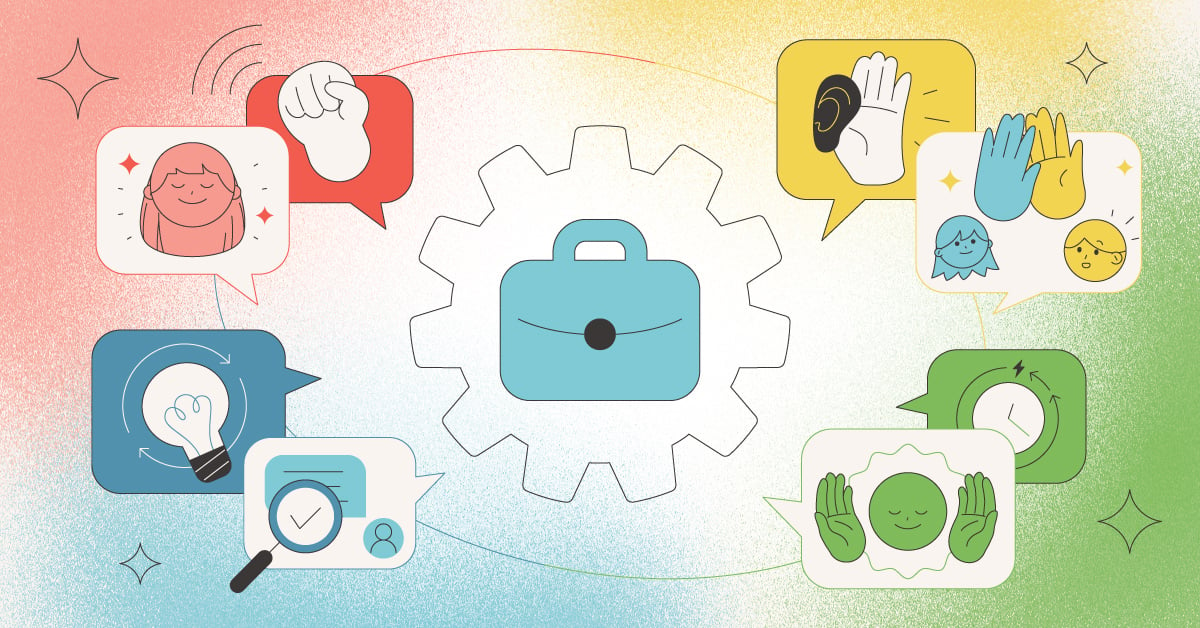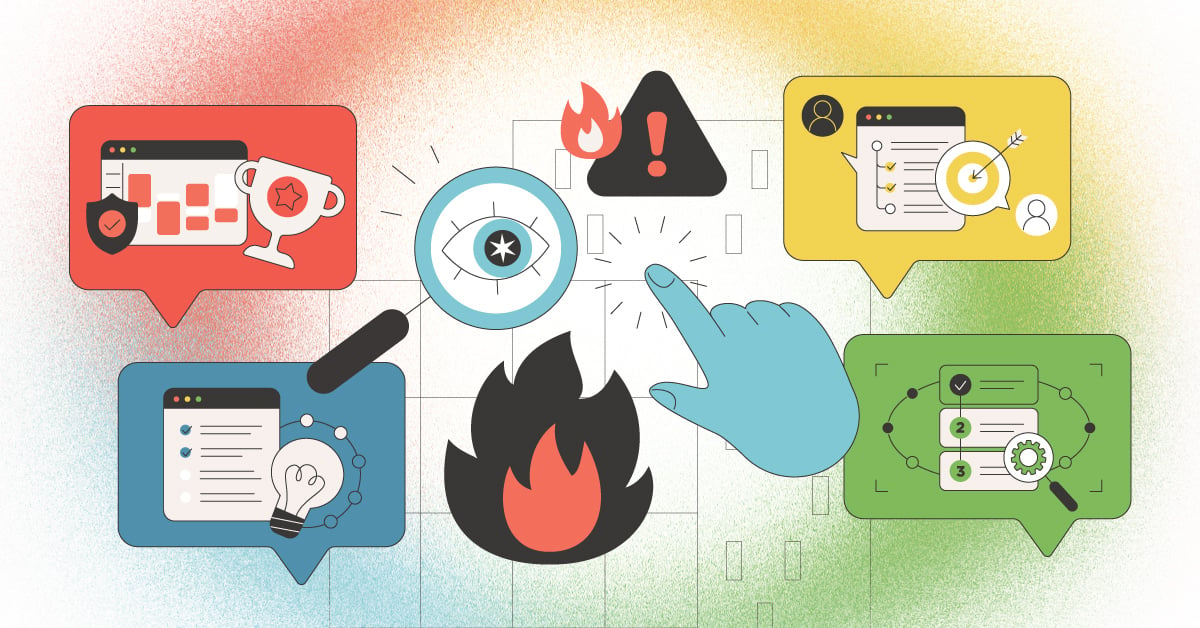
Having a deeper understanding of people’s behavioral styles can provide significant insight into how to better communicate with them. Using a proven science such as DISC can help uncover observable clues about a person’s predominant factor influencing their style of behavior.
DISC is an acronym that stands for Dominance, Influence, Steadiness and Compliance. The science of DISC explains the “how” a person does what they do, and can be a strong predictor of future behavior.
DISC addresses areas of behavioral focus such as problems/challenges, people, pace and processes. While most people have one factor of DISC more pronounced than the others, some people may have two or three impactful factors. A person’s individual DISC profile is unique combination of all four factors of DISC.
In this four-part blog series, we will take a deep dive into unique characteristics that make up each of the four unique factors of DISC. Today’s focus is on the I (the Influencers), specifically those having a high-I factor as their primary style.
Under the influence of people
The Influencers are all about people. They are enthusiastic, personable, talkative and usually confident. Those on the extreme high end of the I may even be considered gregarious. They love talking to people and will always gravitate toward people when entering a room. When having a conversation, a high-I will often stand with their feet spread, with both hands in their pockets. Facial expressions and hand gestures will dominate their communication as this person is all about emphasizing what they are trying to communicate. This communicator is talkative with both verbals and nonverbals. A DISC-related wisecrack states that if you want an I to be quiet, don’t let them use their hands.
How influencers communicate
Influencers tend to communicate in a fashion that is more indirect, often starting a conversation with small talk and easing into the discussion. They don’t want to risk coming across too forceful. However, they will often lead a conversation and be vocal and confident, just not aggressive. Their zest for interaction with others may cause them to be somewhat disorganized, in both their thoughts and their surroundings. Tasks will always take a back seat to people. If completing a task came with the risk of offending someone, the task will likely not get completed.
In a group setting, the high-I will always walk up to a pre-established group of people without hesitation. They enjoy the interaction. If a high-I is part of a group talking, they will be welcoming to any new person that enters the room and make space accordingly for the new person to enter the circle of conversation. It’s a good bet that the high-I will talk first, even before the high-D, in a group setting.
Communicating between styles
High-I’s communicate well with other high-I’s but may easily get off track with their conversation. One conversation may lead to several different related conversations, and the original conversation may never be revisited. That doesn’t matter to the high-I because being in the presence of others is all that really matters. To a high-I, the conversation itself is often more important than the content of the conversation. D’s and I’s communicate well because they are both active and fast-paced, with the only usual point of contention being the occasional directness exhibited by the high-D.
I’s have the ability to communicate fairly well with both S’s and C’s though they each may experience some conflict with their respective counterparts. I’s and C’s may conflict because the I tends to focus on people while the C is all about the task. While I’s and S’s both focus on people, the pace of the S may be a point of contention with the fast-moving high-I.
How to communicate with a high-I
The high-I wants to be liked by everyone. They get a positive exchange most of the time they have an interaction. For other behavioral styles to have successful interaction with the high-I, some level of adaptation needs to occur on both sides.
A high-D communicating with a high-I will benefit from prefacing the conversation with casual small talk because creating the personal connection is important to them. The high-I is not interested in a lot of facts, figures or data. If you focus to much on those things you may end up finding them distracted. A high-D needs to be more conversational and less business-like around a high-I. The I wants to be respected so successful communication with them includes a consistent level of respect.
The high-S will want to be respective of the high-I’s pace and keep the conversation moving. The high-C will also want to be aware of the high-I’s quick pace, but also for their preference of not being too lost in the details.
Certain words stimulate a high-I while others will disengage them. Words such as talkative, trusting and optimistic are words to which they relate. Theoretical, uniform and abstract are words that make a high-I tune out.
Conclusion
The high-I can be summed up as a trusting, fast-paced, people-oriented conversationalist. These extroverts gravitate toward people and prefer their conversation frequent, yet indirect. They can be impulsive, especially when it comes to purchases. When it comes to conflict, they avoid it.
As a member of a team, the high-I brings an optimism and enthusiasm and will help to motivate others. The high-I tends to be a team player and is known for having an ability to be able to negotiate conflict. Roles such as customer service specialist are perfect for people with high-I behavioral styles.



![Don’t Let Your Behavioral Style Haunt You [Infographic]](https://blog.ttisi.com/hubfs/Halloween-Infographic_DontLetYourBehavioralStyleHauntYou_Email_Header.png)
